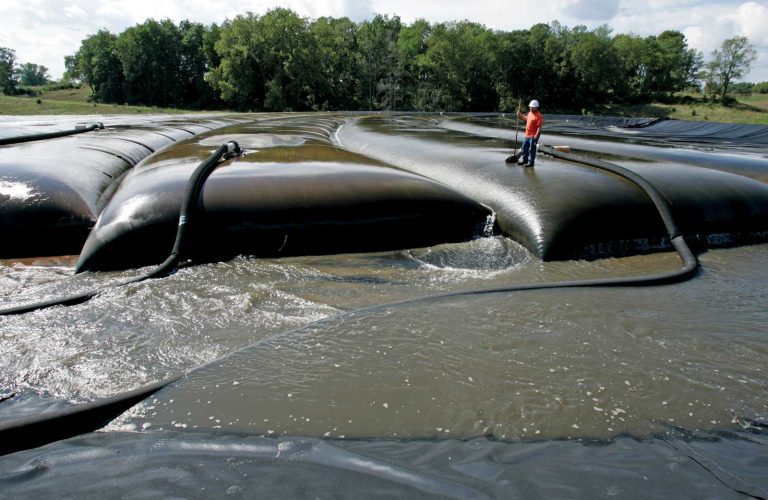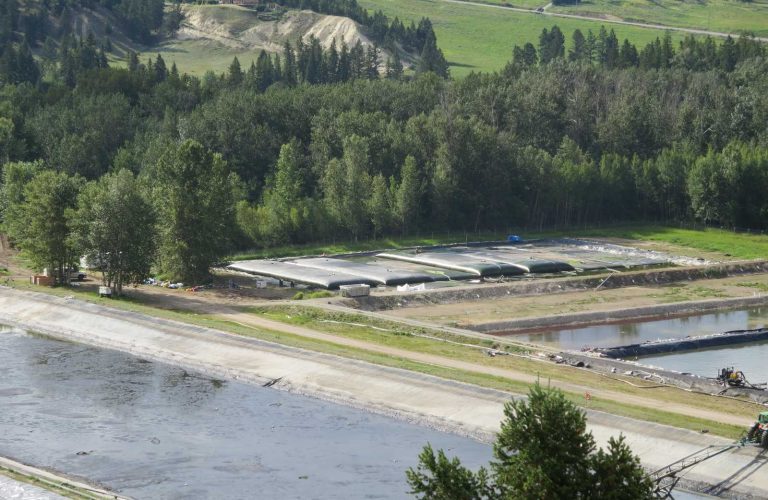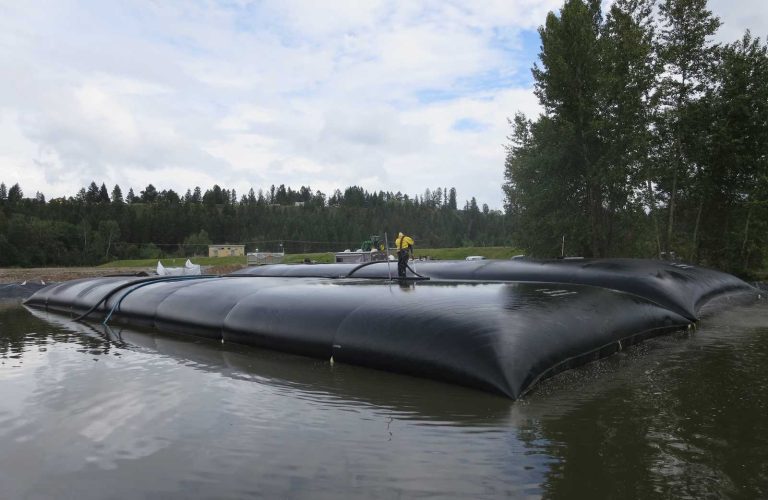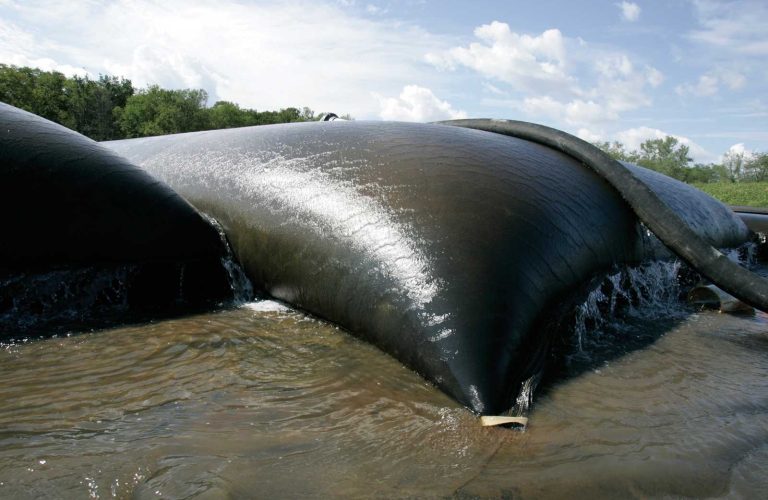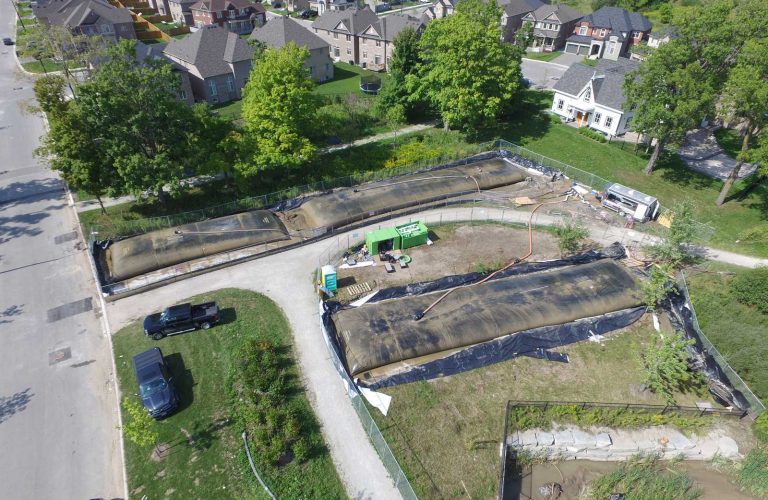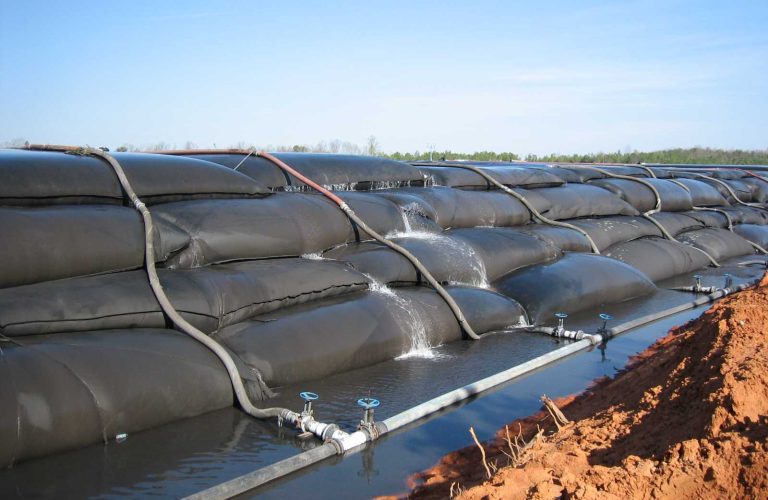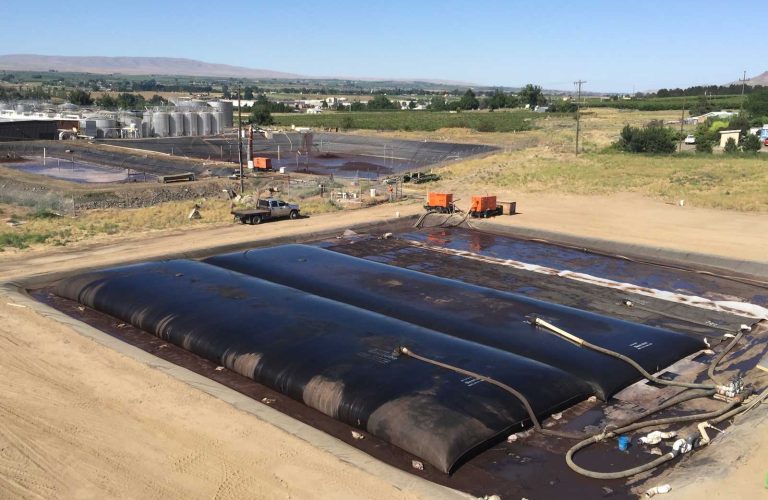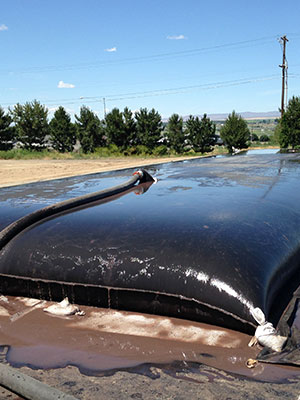The Low-Cost, High-Volume Dewatering Solution
Geotube® dewatering containers are designed to optimize the solids’ retention, effluent discharge rate, and quality, making it a highly efficient and environmentally friendly solution for various sludge dewatering applications.
What Makes Geotube® The Best Solution For Dewatering?
Optimize Sludge Dewatering
Highly effective technology that produces high volume reduction and retention of solids.
Environmentally Responsible
Reduce your carbon footprint with this versatile and environmentally friendly solution.
Save Expensive And Limited Land Space
The containers are custom-sized to save land space and are ideal for areas where space is constrained.
Additional Features
- Easy removal and disposal of solids
- Reliable in all weather conditions
- Cost-effective compared to traditional dewatering methods
- High retention of contaminants
- No special equipment required
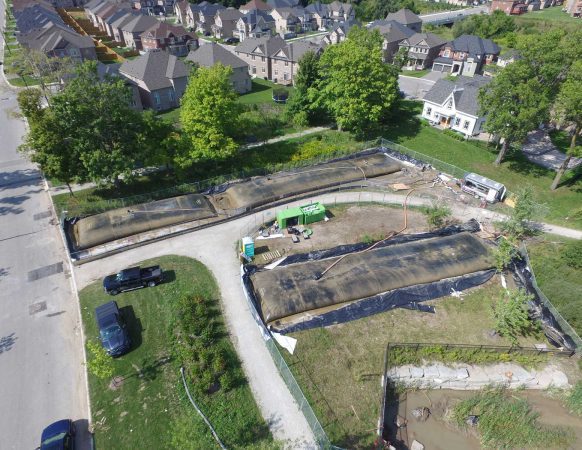
Water and Wastewater Treatment
You can simplify the sludge dewatering process and increase the volume of your drying beds with a Geotube® system.
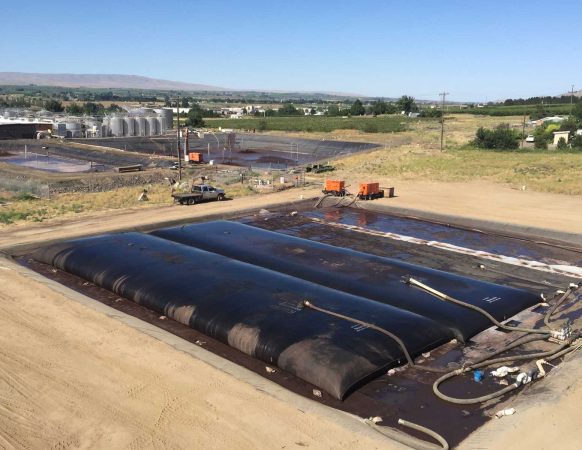
Agriculture
With Geotube® dewatering technology, you can effectively manage waste from animal feeding operations while also controlling odor.
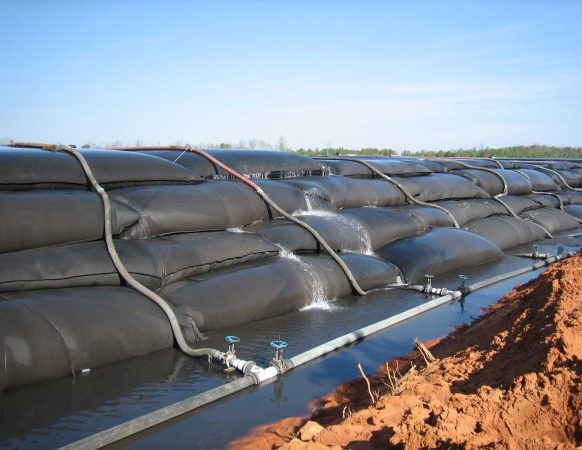
Mining
You can manage and handle mine tailings, coal sludge, and other materials cost-effectively with Geotube® dewatering technology.
Product Details
Geotube® containers are a cost-effective method for dewatering sludge, tailings, or dredging spoils.
Downloads
Product Specifications
Resources
Explore the resources available to help you acquire additional knowledge on our products. If you cannot find what you are looking for, we are here to help.
Case Studies
Discover a wide range of completed Layfield projects in various applications worldwide.
